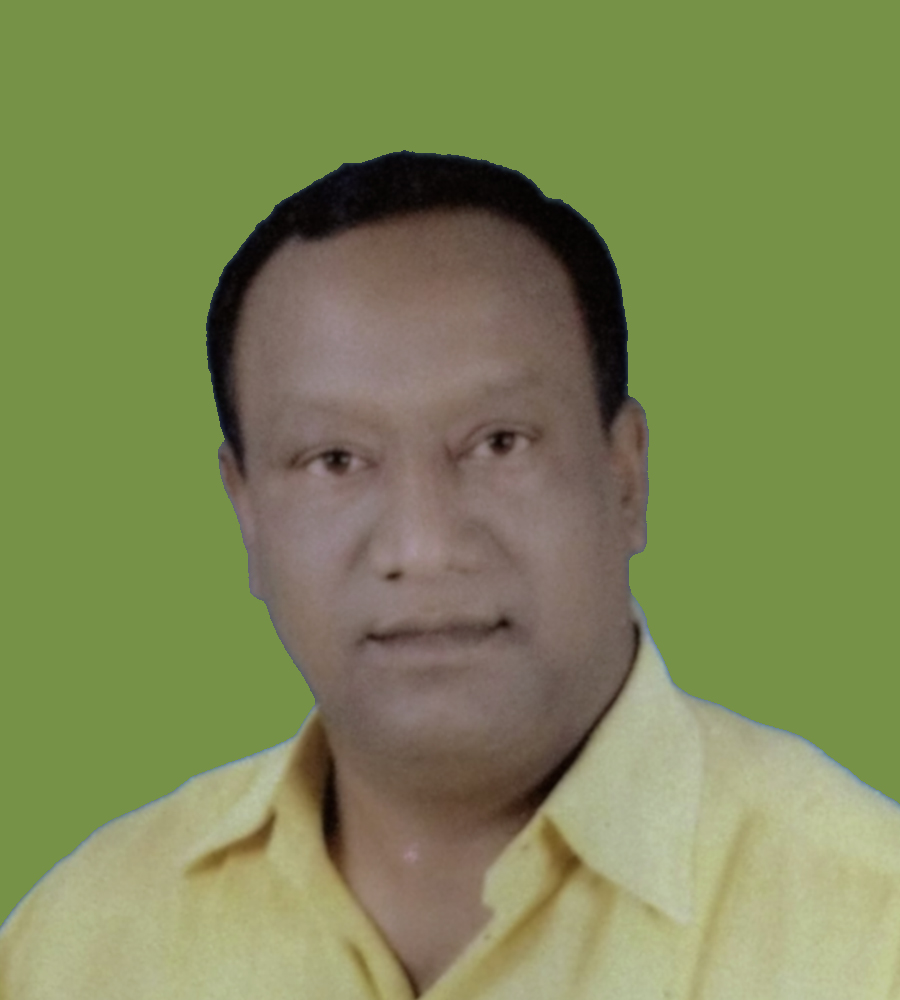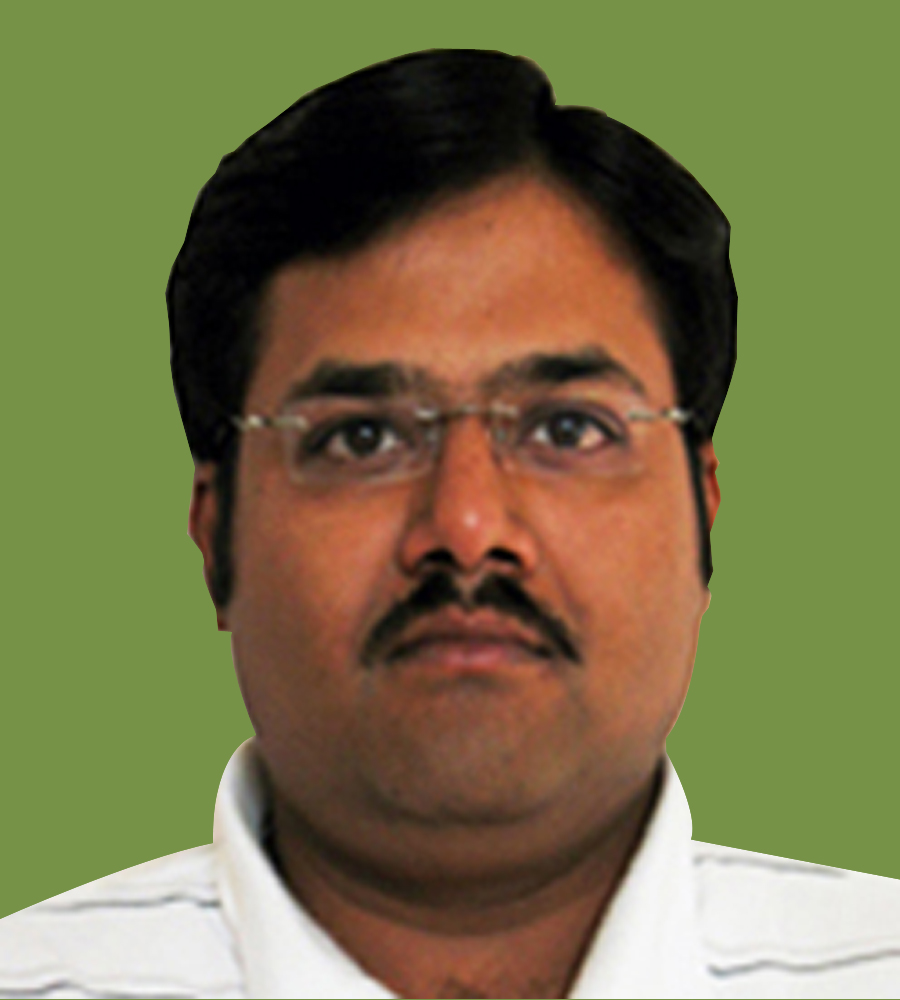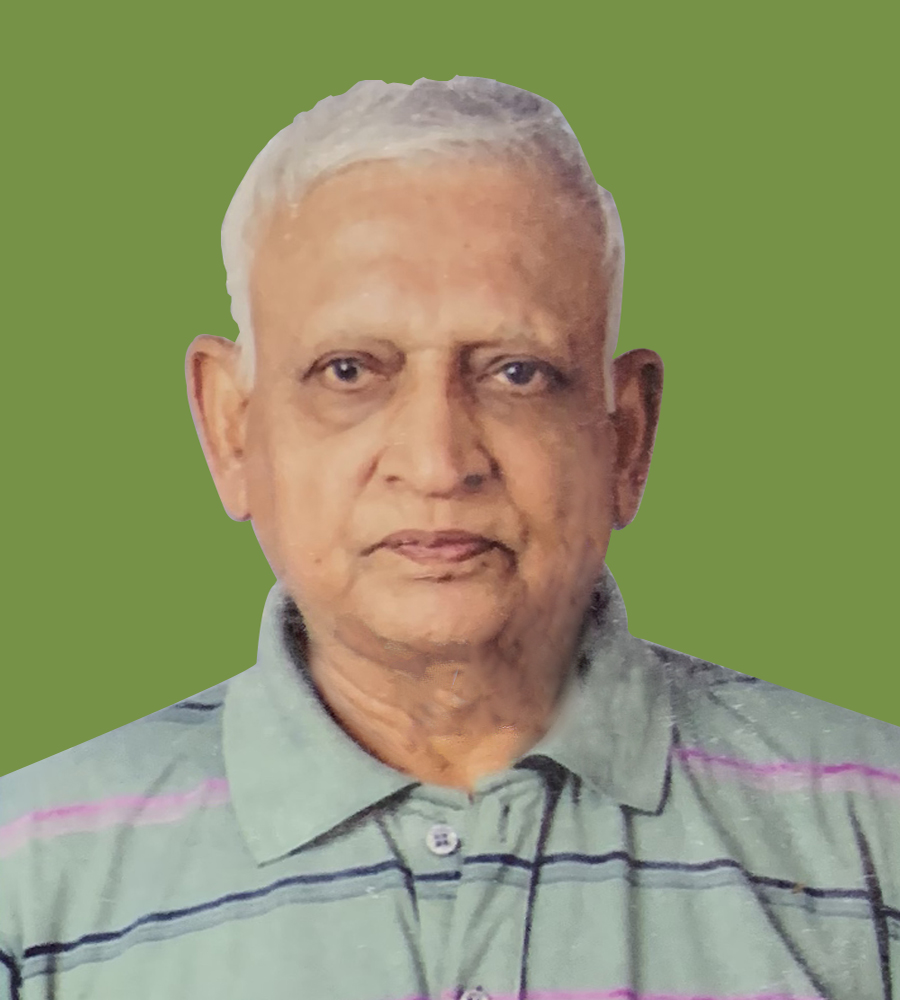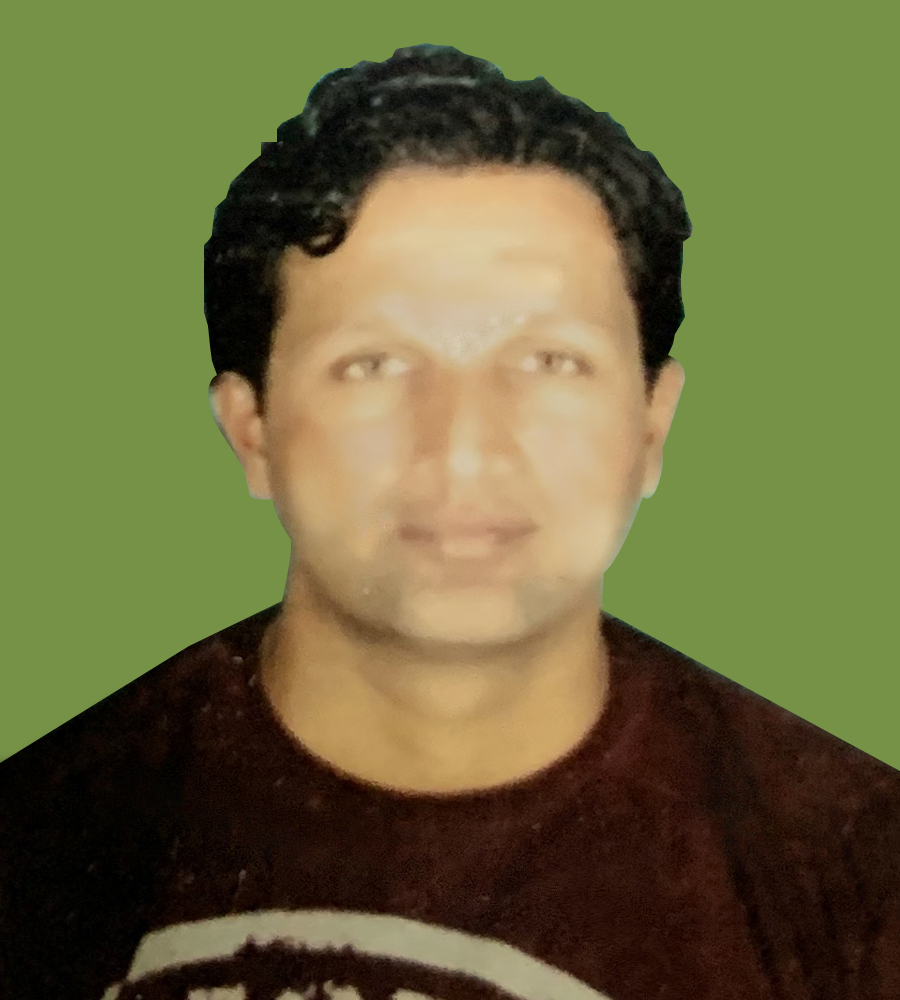Foundation Member

President

Vice-President

Secretary

Trustee

Trustee
Stem Plus Foundation was established in 2018 and is a not-for-profit trust. Stem Plus Foundation was established by Dr.Meghnad Joshi, a stem cell Scientist and inventor of many stem cell technologies. Aim of the Stem Plus foundation is to establish Public stem cell bank and Research centre which will help to solve present limitations of medical treatments.
Stem Plus Foundation: Reg. of Public Trust: F-0018873(SNG)
- The mission of the stem plus foundation is to carry out translational research, training, and clinical studies on the stem cells application for the treatment and cure of human disease. We commit to enhance the health and well-being of society with stem cell products.
| Name of Trustee | Designation |
|---|---|
| GANESH ALIAS PRAMOD VINAYAK JOSHI | President |
| ALLAUDDIN HASSAN MUJAWAR | Vice-President |
| MEGHNAD GANESH JOSHI | Secretary |
| SHASHIKANT RAVASO DESAI | Treasurer |
| SURENDRA VASANT PACHHAPURKAR | Trustee |
| RAJESH SAMBHAJI PATIL | Trustee |
| JAVID AJIJ MANER | Trustee |
| ANANTPRASAD SUBHASH MALVANKAR | Trustee |
| ASHOK DALICHAND SHAH | Trustee |

President

Vice-President

Secretary

Trustee

Trustee
Umbilical cord blood (UCB) collection and its use have been approved by the US-FDA since the late 1980’s. The first UCB transplantation cured a blood cancer in 1988. In USA, more than 1,000 UCB transplantations are been carried out in children with leukemia with little or no side effects. UCB stem cells have not developed ABO and HLA antigens on their surface. Importantly, they neither elicit graft versus host reactions (GVHD) nor other problems that may occur with use of adult bone morrow stem cells.
As stem cell therapy breaks new ground in the treatment of incurable diseases. Stem cells derived from UCB are attesting stem cell therapy due to availability and potency. Preservation of UCB is gaining momentum as future insurance for life. Storage of the stem cells derived from UCB ensures availability of genetically matched stem cells for the child or someone else in the family or needs a bone marrow transplant. Important alluring prospect for expecting couples to choose banking their child’s UCB as there is 25% genetic match between the siblings and parents. The use of UCB ensures absence of GVHD reaction, which is a huge drawback in cases of bone marrow transplantation.
More than 50% of India's current population is below the age of 25 and over 65% below the age of 35. About 72.2% of the population lives in some 638,000 villages and the rest 27.8% in about 5,480 towns and urban agglomerations. The birth rate (child births per 1,000 people per year) is 22.22 births/1,000 population (2009 est.) Fertility rate is 2.72 children born/woman (NFHS-3, 2008). In India, daily birth rate is approximately 72,000 which results in discarding 72,000 umbilical cords a day.
The state of Maharashtra is a glorious state located in the western region of India. Maharashtra has an area of 307,713 sq. km. and a population of 96.88 million. There are 37 districts, 358 blocks and 43711 villages. The State has population density of 314 per sq. km. (as against the national average of 312). The decadal growth rate of the state is 22.73% (against 21.54% for the country) and the population of the state continues to grow at a much faster rate than the national rate. Maharashtra is the third largest state in India both in area and population. Crude Birth Rate (SRS 2013)of Maharashtra is 16.5 (4). Maharashtra is with a literacy rate of 82.9%, Maharashtra is one of the top states of India where education levels have reached new heights. Thus acceptance criteria for the new medical innovation will be high compare to other states.
The storage of UCB can provide ideal noninvasive source of stem cells to be used in the treatment of hematological and other diseases.
Since 1989, umbilical cord blood has been used successfully to treat children with leukaemia, anaemias and other blood diseases. Dr. Elaine Gluckmen in 1989 initiated first treatment using umbilical cells derived from cord blood for Fanconi’s anemia in Paris. Umbilical cord blood transplantation (UCBT) has extended the availability of allogeneic hematopoietic stem cell transplantation (HSCT) to patients who would otherwise not be eligible for this curative approach. Since the first successful reported by Gluckman et al. number of UCBTs from siblings and unrelated donors has increased dramatically.
A recent survey of the International Bone Marrow Transplant Registry (IBMTR) estimates that after 1998, 20% of stem cell transplantations performed in young patients (20 years old) have been cord blood transplantations. In Japan, nowadays approximately 50% of HSCTs from unrelated donors are being performed with cord blood cells (T. Takahashi, Medical Director, Tokyo Cord Blood Bank, personal communication, 2005). The inventory of Netcord, the cooperative network of large e xperienced umbilical cord blood (UCB) banks, currently has more than 100 000 cryopreserved UCB units ready for clinical use, and a reasonably accurate worldwide estimate would be 250 000 cord blood units. In comparison with other sources of allogeneic HSCT, UCB offers substantial logistic and clinical advantages, such as :
The disadvantages of UCBT are:
The low number of hematopoietic progenitor
Researchers are now looking at ways of increasing the number of haematopoietic stem cells that can be obtained from cord blood, and expanding single cord blood stem cells so that they can be used to treat adults routinely too.
Recently, results of unrelated UCBT in children with specific diseases have been published in myeloblastic leukemia (AML), Hurler syndrome, and Krabbe disease. The Eurocord group has recently performed 2 studies on the outcomes of unrelated UCBT for childhood acute lymphoblastic leukemia (ALL) and for children with primary immunodeficiencies.
In 1990 Tata Memorial Center, Cancer Research Institute, Mumbai with National Center for cell Science, Pune collaboratively initiated the study and confirmed stem cells derived form UCB can be therapeutic importance in term of number and quality comparable to bone marrow. The technology of umbilical cord blood collection, enrichment of stem cells, and their cryopreservation was transferd to Armed Forced Medical Collage, Pune and the Tata Memorial Hospital in Mumbai. However, these institutions did not get any support from government of India to set up a stem cell bank (Dastur A. 2005).
UCB banking in India has great potential due to a high birth rate and genetic diversity. Availability of donor bone marrow is very limited and nearly 70% of patients do not find a match within their own family. Considering the limitations in finding the suitable donor, unrelated UCB can be ideal source of stem cells for HSC transplantation.
Importantly, number of UCB transplants in India are very low mainly due to high cost involved and limited number of UCB units available for transplant. Public UCB will offer a diverse source of high quality matched grafts for patients of Indian origin worldwide.
Establishing a Public UCB inventory will support transplant program which will be available for all regions of the country.
The future
Experts believe that umbilical cord blood is an important source of blood stem cells and expect that its full potential for treatment of blood disorders is yet to be revealed. Other types of stem cell such as Cord or Placental derived Mesenchymal Stem cells (MSCs) may prove to be better suited to treating non-hematological diseases.
Dear Funder,
In the past few years, the number of pediatric hematology disorders of white cells, red cells, platelets and Bleeding disorders increased significantly in our areas.
Many of those kids unable to get suitable donor for hematological transplant. Presently, these kids get blood transfusion and after few years many of these kids are not suitable candidates for transplant.
Stem Plus Foundation's mission is to provide HLA compatible hematopoietic unit for transplant through Public Umbilical Cord blood banking so that these kids can live normal life.
If you or your company chooses to help our Foundation, you will contribute more than just equipment. You will be a key partner in providing a healthy life for these kids.
The result of your help and our services means that our kids, many of whom are poor, can live healthy lives.
Thank you so much for taking the time to read this proposal, and please do not hesitate to contact us at +91 9405553538 with any questions about this request.
We are in need of Laboratory Space andequipment. By making a donation, you are supporting Public umbilical cord blood banking, genetic screening, treatment, education and outreach that will lead us to a world without pediatric hematological diseases.
My goal is to raise INR 20,00,00,000 this year to establish Public umbilical cord blood banking facility in Sangli. Please help me reach that goal with your financial support.
If you prefer, mail your donation today in the envelope. Please make your check payable to: Stem Plus Foundation.
Thank you in advance for your support.
Hoping for your partnership,
Meghnad Joshi, Ph.D. PDD
Secretory
Stem Plus Foundation, Sangli.
RBLBank (Home Branch): Sangli Main (0003)
Account - 409001008167
Stemplus Foundation PAN:AAWTS2639B
IFSC : RATN0000003
Cts No 648 A1 House No 648,
Gajendra Bol Gavali Galli,
Peth Bhag, Sangli - 416416
Tal-Miraj, Maharashtra, India